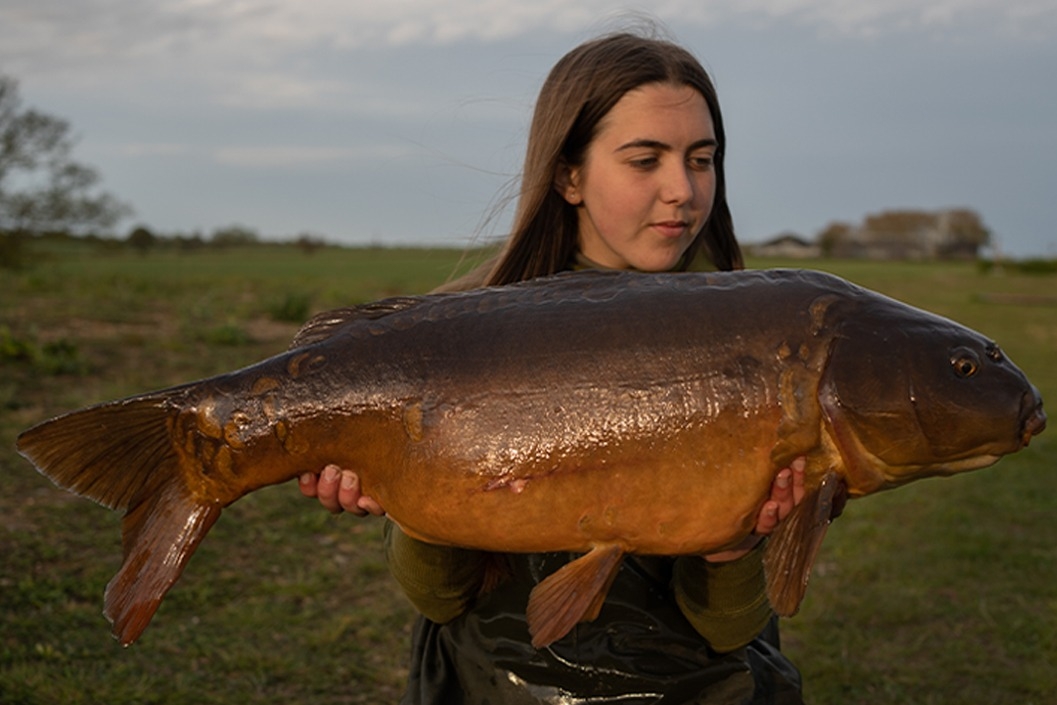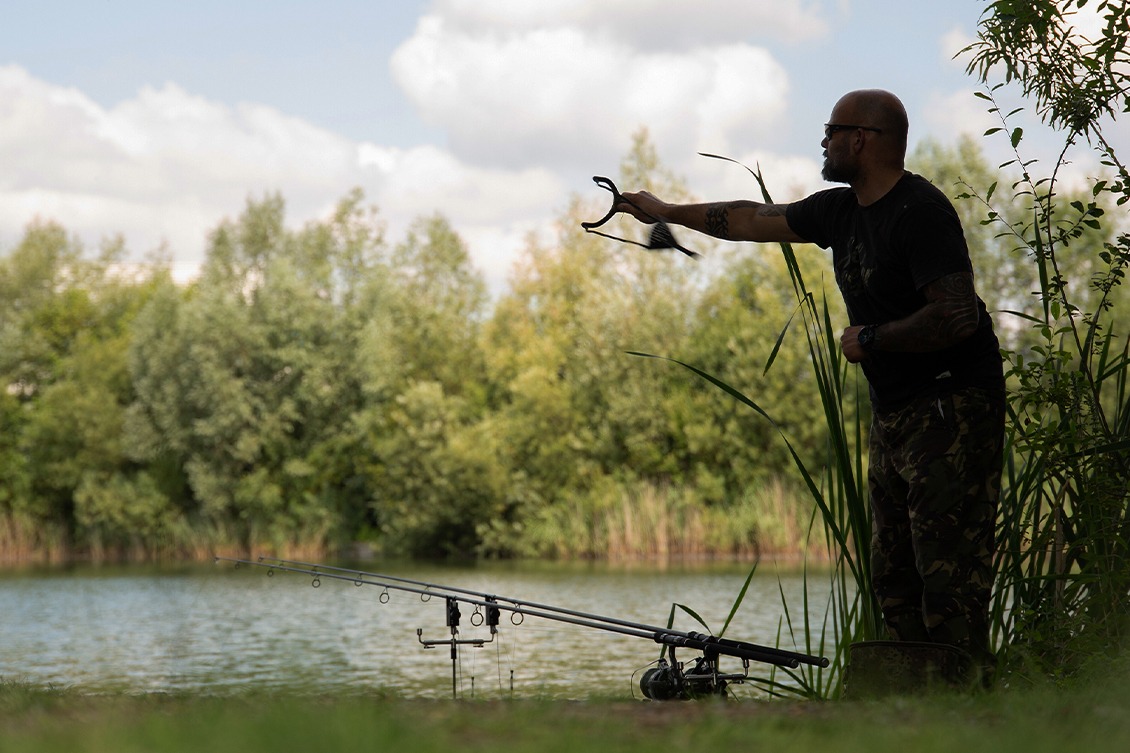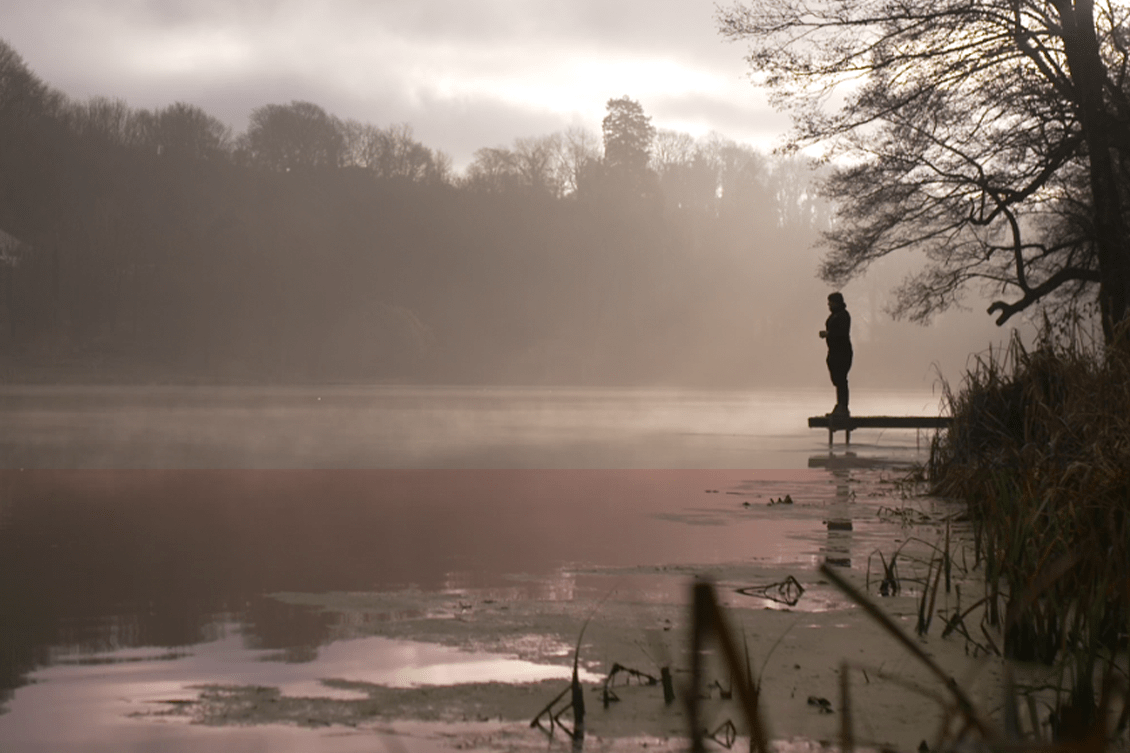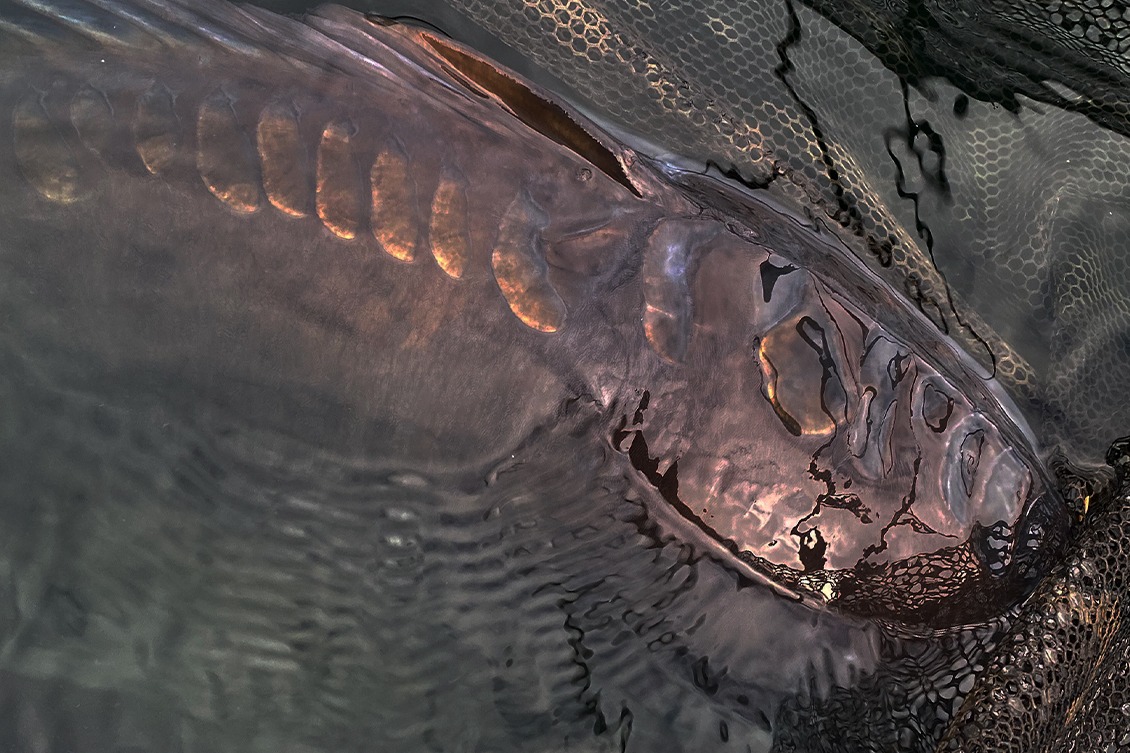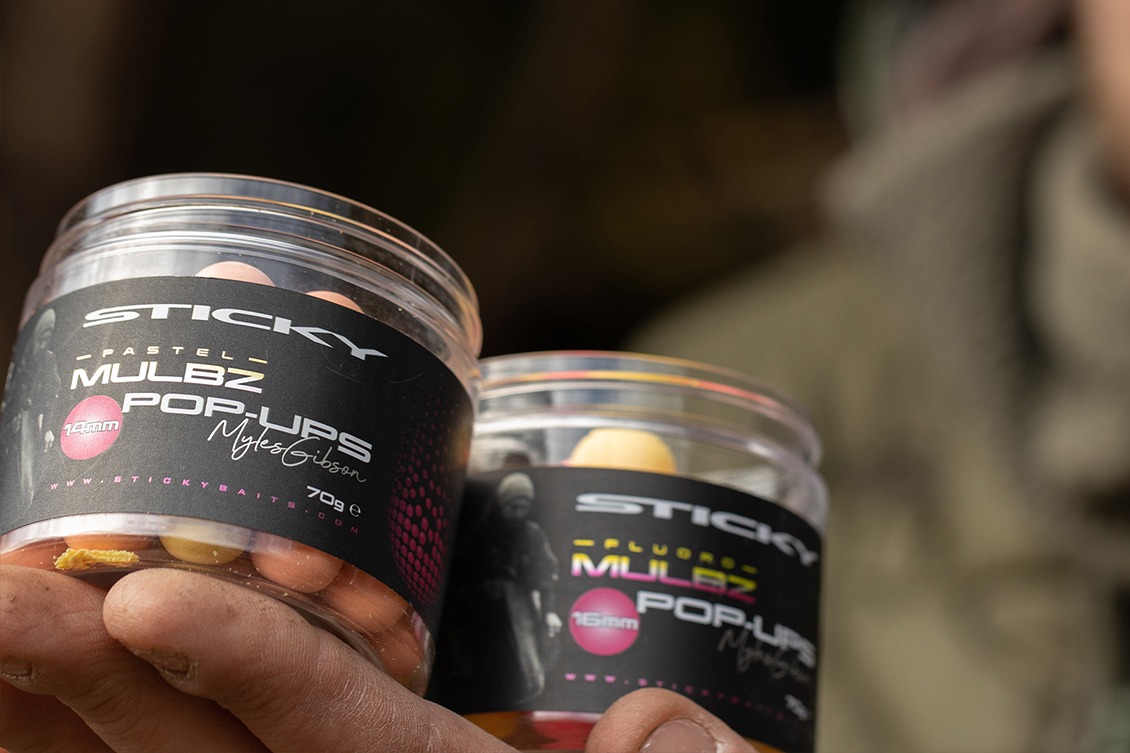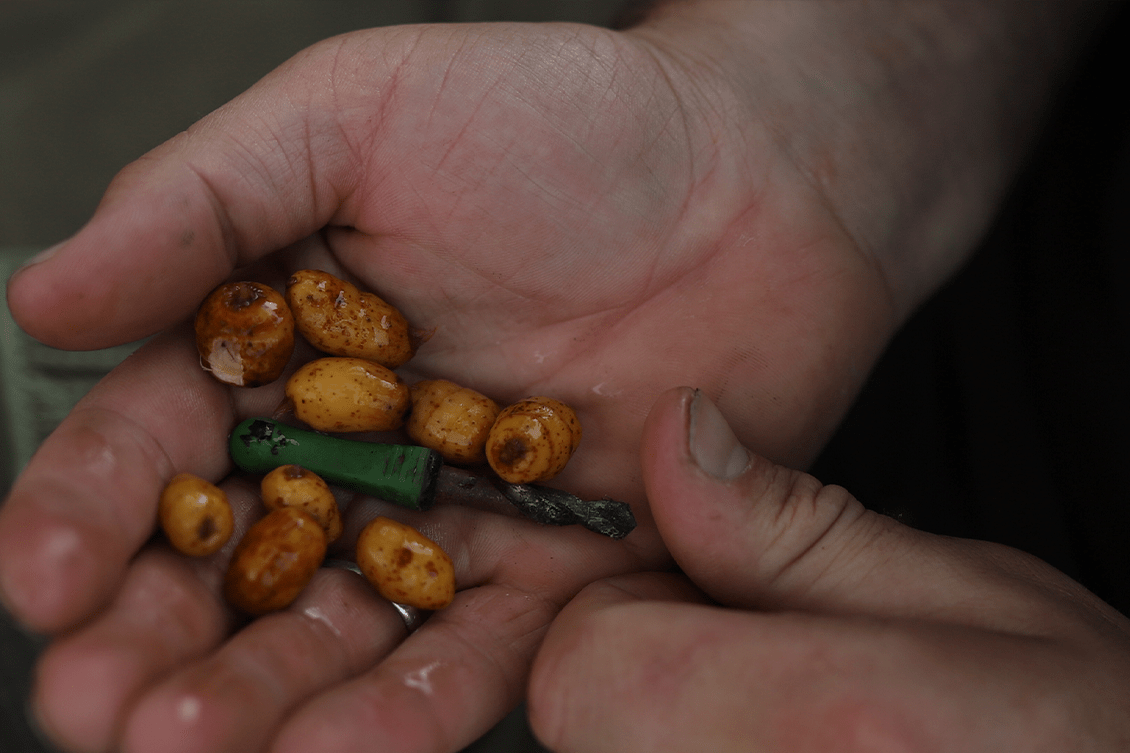
Lauren Stanford looks back on what became an unforgettable spur of the moment session on Berners Hall, where she landed a fourteen fish hit in 48 hours.
Lauren Stanford looks back on what became an unforgettable spur of the moment session on Berners Hall, where she landed a fourteen fish hit in 48 hours.
With work being super-busy of late, I really fancied a session on Berners, but in honesty it was going to be more of a social between a few mates whilst we just enjoyed the recent spell of warm sunshine and had a giggle whilst we were there. With me working on the Saturday and the BCAC’s being held on the lake, I knew getting down after the competition finished would be a great shout and a good head start for the following few days. The match had gone well, with plenty being caught but it was evident from the pressure over the weekend and constant re-casting etc, the fish had moved away and pushed into a quiet corner, which initially looks like you’re pinned in by surrounding anglers. There were still a few fish milling about in the middle from where the match was won, but it was clear the bulk of the stock were in the corner. A lot of anglers seem to love the island, but like always, finding the fish first and not going with a pre-conceived idea will always put you in good stead. It’s also worth noting that the wind swung around into the area whilst I was there too, so it really did look good for a few!
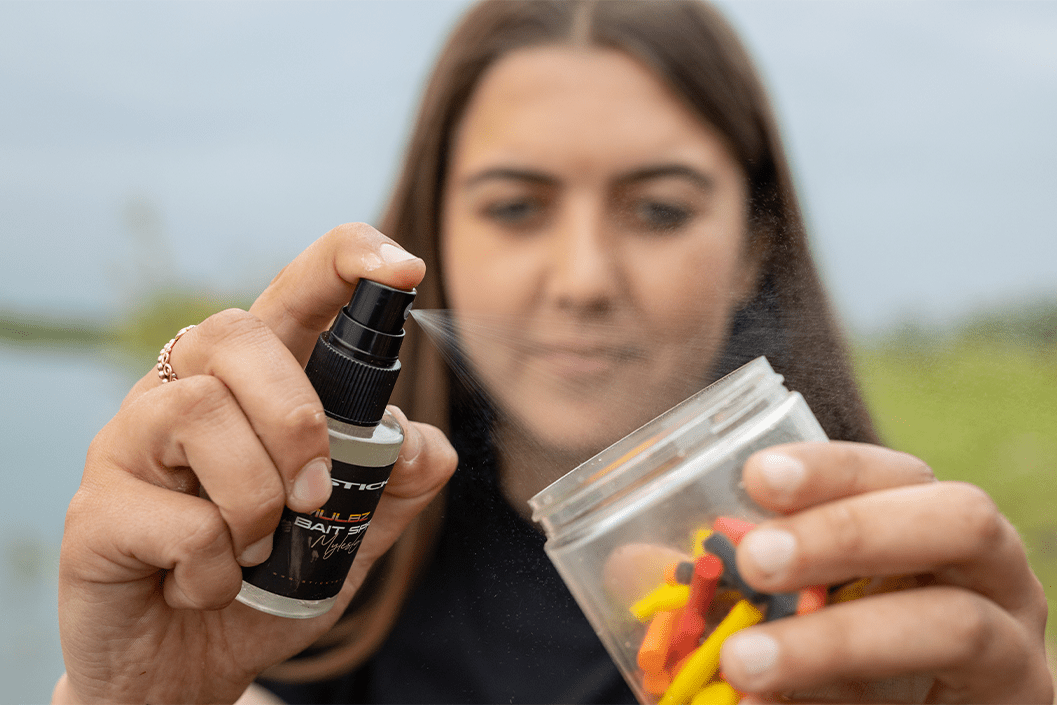

With the swim secured and no real urgency to set up, I took my time finding a good spot to concentrate two rods over bait, whilst the third rod would be kept for roaming around and casting a Zig to showing fish or ones which made their presence known away from the baited zone. With the rule on Berners only allowing one Zig due to the weed and difficulty which can come when landing them, it allows you to really concentrate your efforts on finding a perfect spot on the bottom.
The weed on Berners can be quite difficult to fish around, there are a lot of anglers who lose fish, as they fish either through the weed or over the top of it, and this is a recipe for disaster, especially with the type of weed which grows there. As you’ll see from the pictures, the slimy blanket weed grows right up to the surface, often wrapping around your lines in the water too, so you really need to keep an eye on the drifting weed beds which can cause you problems if a take happens.
Not wanting to fish through the weed, I found a spot out in front where there was an open patch not far out at all, roughly half a wrap before the bulk of the weed. It felt nice and clean but there was a slight chance of some blanket weed hugging the bottom, so I opted for my favourite Spinner rig and a yellow Mulbz just to ensure the presentation was going to be as good as possible, without being too garish like a Hinge.
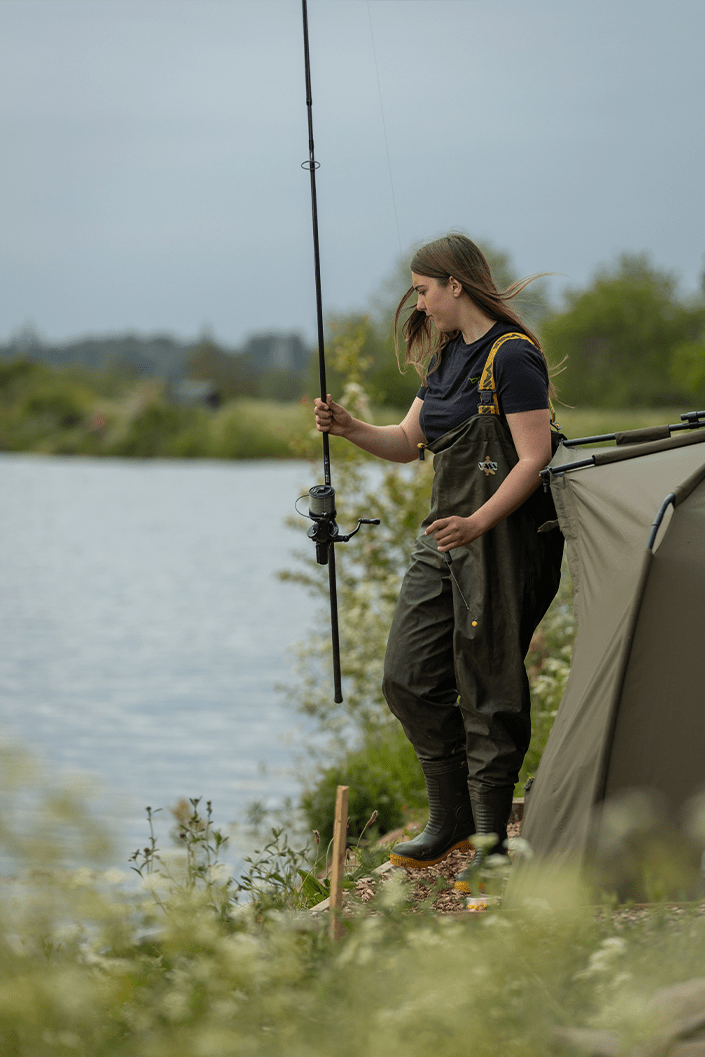

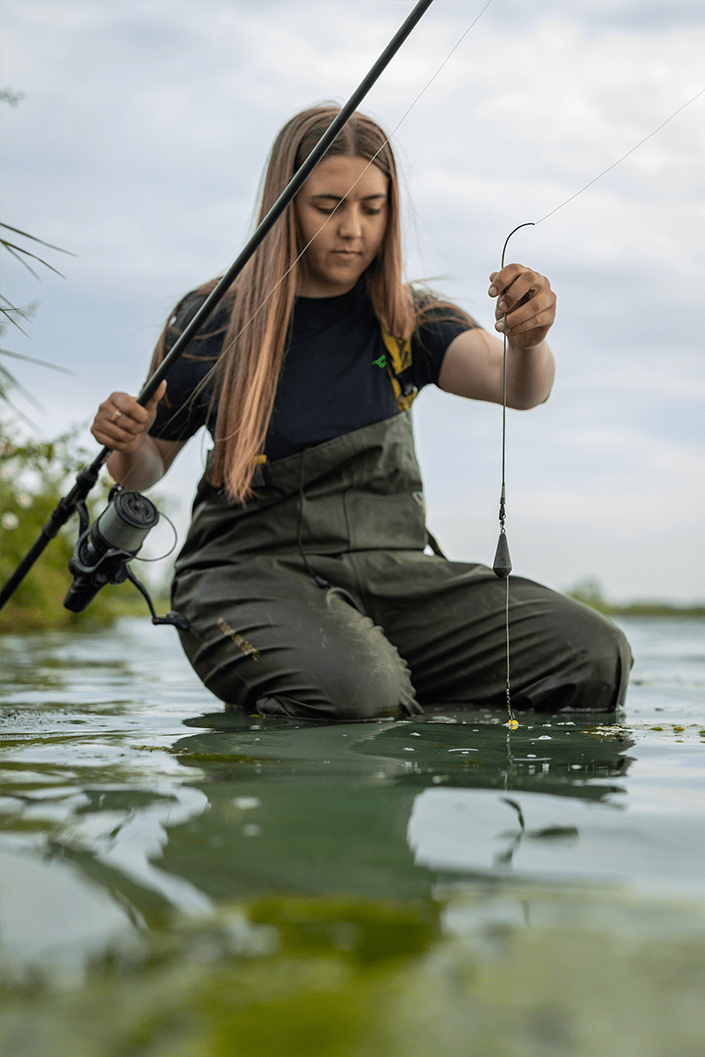
LAUREN'S ACTIVE MIXSTEP-BY-STEP
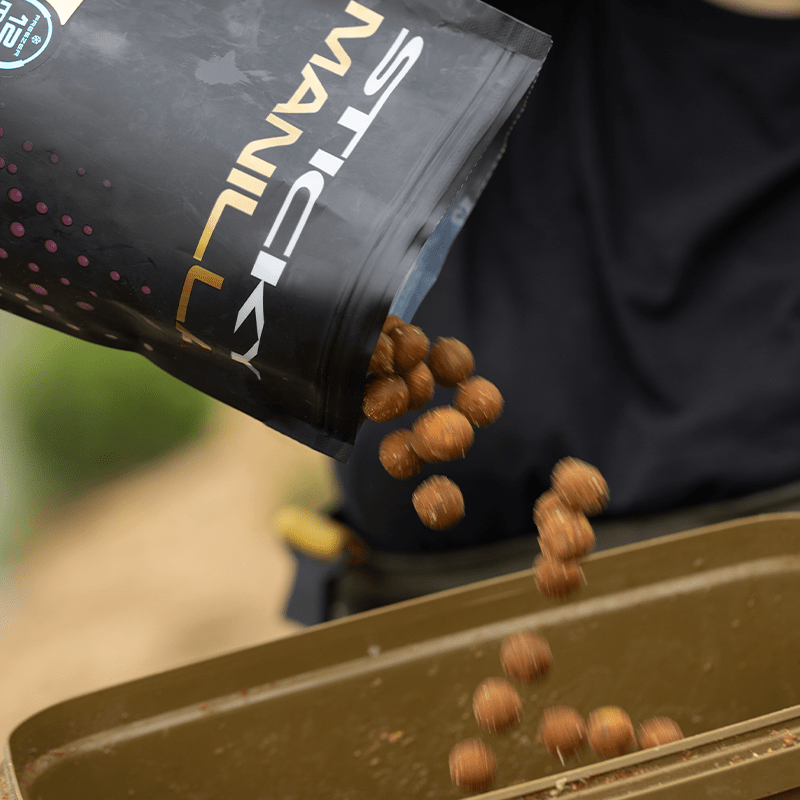
STEP 1
Take your 12mm Manilla Active boilies and pour them into a bucket.

STEP 2
Next, add both Bloodworm & Manilla 2.3mm Pellets to the mix.

STEP 3
Give the mix a glazing with Cloudy Liquid to bind the pellets.

STEP 4
Finally, add a few handfuls of corn to add even more visual attraction.

STEP 5
The final mixture, packed with attraction and small items to keep them grubbing for longer!



STEP 1
Take your 12mm Manilla Active boilies and pour them into a bucket.
STEP 2
Next, add both Bloodworm and Manilla 2.3mm Pellets to the mix.
STEP 3
Give the mix a glazing with Cloudy Liquid to bind the pellets.


STEP 4
Finally, add a few handfuls of corn to add even more visual attraction.
STEP 5
The final mixture, packed with attraction and small items to keep them grubbing for longer.
After making my Active mix up on arrival, I put a fair bit of bait out onto the spot and began getting the rods out in quite a relaxed manner if I’m being honest! The main reason for me being here was for the social aspect, so I wasn’t in a hurry to get them out. The first rod went out as good as it could, and before I could even flick the second onto the baited area, the first was away! With the weed bed being close, I had to be on the rod in an instant. Luckily, I managed to bring it towards me straight away, and from then on, I could tell it was a decent fish, plodding around in front, unwilling to give in easily. I think Jack and Dylan who were with me were just as surprised as I was to receive a bite that quick! The fish eventually surfaced in front, and all I could see were a huge set of scales across its flank and shoulders!
It looked incredible, and that’s when I did start to get a little nervous. I carefully coaxed it towards the net and bundled it over the cord. The fish looked immense, it was one of the really pretty ones from the lake and to have it first bite was just insane!

The nights had been quiet, but before darkness fell, the second rod was away with another lovely looking mirror which I certainly wasn’t complaining about. The night soon passed, and I could only hope that the fish would hang around until the following day at least. By the morning, the weather had really picked up, with the wind hacking into the corner and it was pretty evident that the fish were still in the area which was a huge bonus! Just on first light, a fish stuck its head out of the choppy water much closer, so with the third rod ready to go, I flicked a Zig into the area, and it went within minutes, proving how effective having that rod set up is in situations like that.
That occurrence would end up being a common theme throughout the day, and whilst the bobbins were still dancing over the bait, that single Zig rod kept going consistently, bringing me opportunistic bites from the areas away from the bait. Most anglers would probably prefer to stick to one method like fishing over bait, or just on Zigs, but I really do think that it’s a great shout having one on a different tactic, especially when you’re targeting them in the upper layers. After each bite on the deck, I’d top up the spot with around 8-10 big Spombs of bait. This may sound a lot, but when you’re feeding smaller items like 2.3mm pellets and smaller boilies, it takes a fair amount of bait to create a carpet-like effect on the area.
Berners can be tricky at times, but also very prolific and the best advice I could give anglers turning up for the first time is to keep it simple, and fish efficiently. The lake sees a large turnover of anglers, and the fish do feel this pressure so although the venue may seem busy with very little water to go on, the areas which are being neglected are often where the stock can sit. Bait wise, any high quality, nutritional mix will work, it’s how you apply it which counts. If you’re spodding isn’t very accurate and you’re looking to present on an area which requires accuracy, the chances are you’ll maybe pick a few bites up, but won’t generate those hits that many anglers wish for. I also think small baits work wonders on there, due to the blanket weed being so prevalent. Very few people use tiny pellets in a mix, apart from solid bags, but by using dense liquids such as Cloudy Manilla to saturate them, they become very heavy with a tacky coating, ensuring they sink onto the spot. In my opinion, it also keeps the carp grubbing around the area with the smaller items and scent lingering in the weed.
Despite eighteen bites, landing fourteen, with nine going over twenty pounds, the social aspect of the session as always was the priority. I think many people have a pre-conceived idea that you have to take fishing very seriously if you want to get the bites, but this session certainly proved in my eyes that just taking a step back and ensuring that the enjoyment comes first, you can still catch plenty of fish when you get your tactics and approach nailed!



